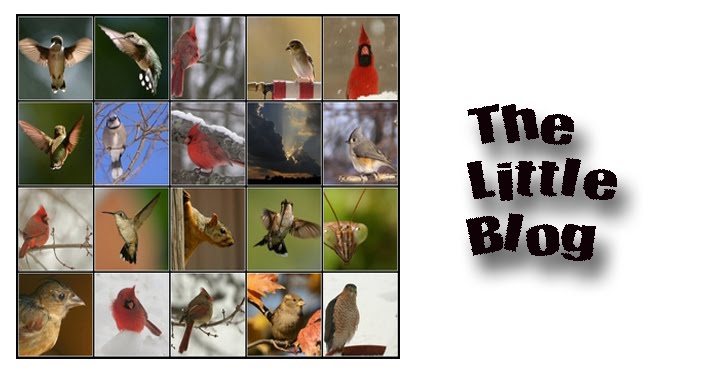
I went to Burrell’s Woods today to find some little birds. Imagine my surprise when I saw a pair of Wood Ducks! I got some good shots of the Male but the female was hiding in the shade behind a bunch of tree branches.

I was out there last week to leave a turtle by the water (don’t ask, long story). I saw these two ducks then but didn’t know what they were. They didn’t hang around long enough for me to get a good look.

I’m thinking that this pair have a nest in one of the trees close to the water. I’ll be going back next week to see if they are still in the area. This is the female …. a really bad shot of her too!
I didn’t realize they nested in trees. Below are some interesting facts about the Wood Duck.
“A colorful duck of wooded swamps and streamsides, the Wood Duck is one of only a few North American ducks that nest in trees. Many people consider it to be the most beautiful of all waterfowl.
The Wood Duck nests in trees near water, sometimes directly over water, but other times up to 2 km (1.2 mi) away. After hatching, the ducklings jump down from the nest tree and make their way to water. The mother calls them to her, but does not help them in any way. The ducklings may jump from heights of up to 89 m (290 ft) without injury.
Predators and Competitors: Starlings, common goldeneyes, hooded mergansers, American kestrels, squirrels, screech owls, and wasps will compete for the nest cavities and boxes. Nesting hens, eggs, and ducklings are preyed upon by raccoons, fox squirrels, gray squirrels, mink, opossums, rat snakes, snapping turtles, fish, and predatory birds”


































